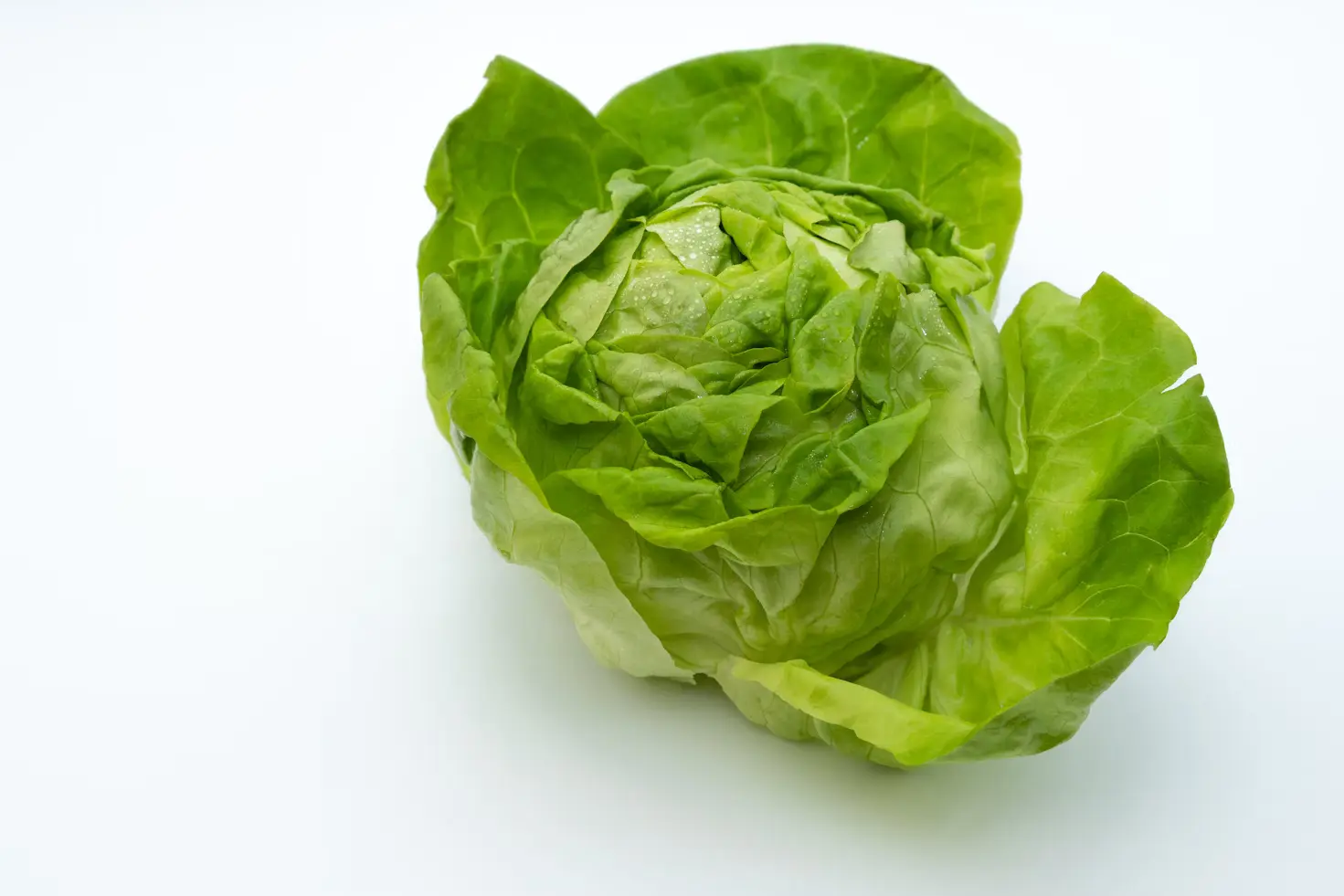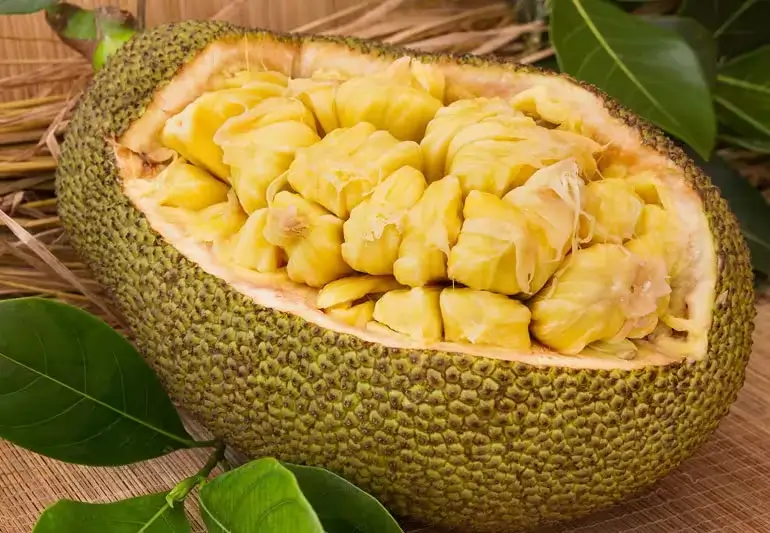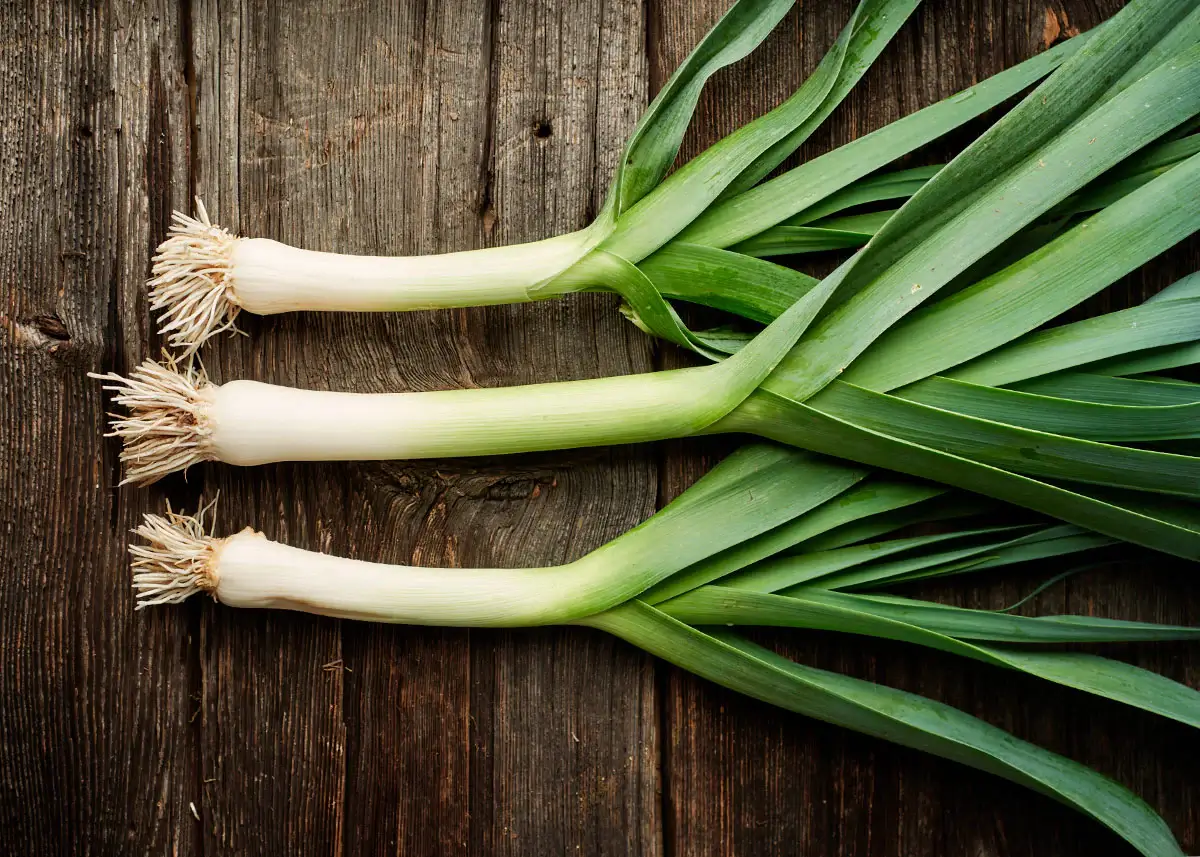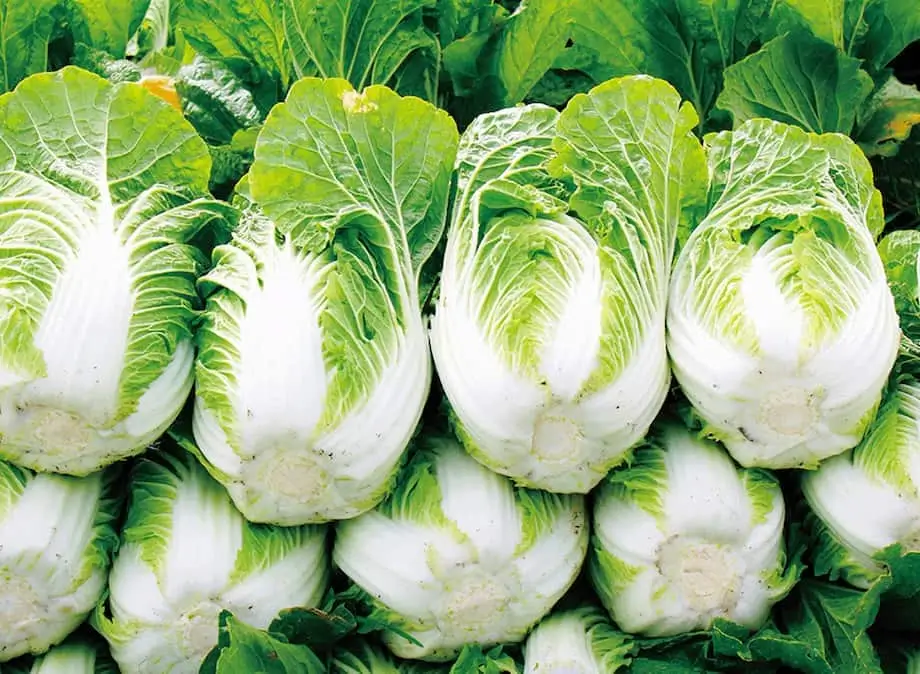
Soil Health & Fertilization
We unite suppliers and green industry professionals worldwide
Iceberg lettuce is among the most popular lettuces eaten globally, due its crunchy texture and refreshing and mild taste. Its flavor is subtle, but it is a source of vitamins A and K, fiber, and hydration, making it a crucial food.
By Mariam Scott
|Published on September 19, 2025


Iceberg lettuce is among the most popular lettuces eaten globally, due its crunchy texture and refreshing and mild taste. Its tight heads of leaves earn it favor as a salad green, in sandwiches and wraps, where the crunch provides a satisfying bite. And unlike some leafier lettuces, Iceberg stands up to dressings and toppings, so it’s versatile in home kitchens and restaurants alike.
This lettuce is really best for cooler weather, and it needs steady watering to form large, firm heads. Its flavor is subtle, but it is a source of vitamins A and K, fiber, and hydration, making it a crucial food to include in your healthy diet. Iceberg lettuce is cherished by gardeners and market growers because of its predictable head formation, high yield, and easy harvesting.
| Scientific Name | Lactuca sativa var. capitata |
| Common Names | Iceberg Lettuce, Crisphead Lettuce |
| Family | Asteraceae (Sunflower family) |
| Genus | Lactuca |
| Species | Lactuca sativa |
| Variety | capitata |
| Characteristics | Forms dense, spherical heads of pale green leaves; outer leaves protect tender inner leaves |
| Life Cycle | Cool-season annual, grown from seed |

September 25, 2025
9 minute read
September 24, 2025
9 minute read
September 23, 2025
10 minute read
September 22, 2025
9 minute read


Join as a seller and connect with thousands of B2B buyers nationwide!
Sign Up

Jackfruit
Jackfruit is consumed as a fruit and as a vegetable at both ripe and unripe stages. Its young, unripe fruit is used as a vegetable meat and cooked in savoury dishes

Leek American Flag
Leek American Flag (Allium ampeloprasum var. porrum) is an old, reliable type with a mild onion flavor, excellent tolerance to cold and long white shanks.

Lanceleaf Coreopsis
Lanceleaf coreopsis (Coreopsis lanceolata) is a friendly, robust perennial wildflower. It burns with yellow-gold flowers.

Napa Cabbage
Napa Cabbage (Brassica rapa subsp. pekinensis)is a leafy vegetable that has found its way into world kitchens and gardens.
Iceberg lettuce has been grown for hundreds of years as a crisp head lettuce appreciated its blank palate. It originated in temperate regions of Europe and North America, and it's found wherever there is a refrigerator now. Back in the day it was torn into salads, sarnies, and garnishes. It had compact heads which made it easily portable and storable which contributed to the vegetable's popularity in the marketplace. Iceberg remains a favorite among farmers and gardeners because of its consistent yield.
Iceberg lettuce is often used in fresh preparations thanks to its crunchy texture and subtle flavor. It is an ideal addition to salads, wraps, burgers and sarnies. Farmers’ markets sometimes offer fresh heads, prized for their uniformity and appealing appearance. Iceberg contributes to the aesthetics of culinary, providing volume and crunch to food. Professional chefs and home cooks reach for it because it’s versatile and has a delicate flavor.
Unlike most other types of lettuce, Iceberg is resistant to bolting, and its head formation does not depend on leaf development. Even when sauced, fried, or put in a sandwich, its texture is crisp. It is not bitter, like romaine or green leaf lettuce. Iceberg is also easier to transport and handle, because it has a more compact head. These characteristics make it suited for both home and commercial application.
There was a time when iceberg lettuce was a luxury vegetable in the United States and Europe. It became more popular in the 20th century, when refrigeration and interstate trucking made it possible for lettuce to be shipped across the country while still crisp. It might be milder in flavor and nutrition than darker leafy greens, but it’s still one of the most popular lettuces in the world. It’s a name that harks back to the early part of the last century, when the heads were packed in ice to stay fresh during transport.
Iceberg lettuce typically grows 6–12 inches tall, forming a compact head 4–8 inches in diameter. The leaves are crisp, pale green, and tightly packed. The outer leaves are a bit waxy, the inner ones are tender and crisp. It does best in cool weather and even, steady moisture in order to form perfect, tightly packed heads. The heads are even, which makes it great for harvesting and packing.
As a fresh product, Iceberg lettuce is great for salads and cold dishes. The crunchy leaves lend a nice texture to sandwiches, wraps and burgers. It can also be used for garnish or to line serving platters. Though not as nutrient-dense as darker leafy greens, it’s hydrating and fibrous. Its subtle taste pairs well with nearly anything.
Iceberg lettuce thrives in cooler weather, at about 60–70°F (15–21°C). It is most happy growing on rich, well-drained soil with good moisture. Best in full sun or dappled shade to prevent-bolting. Attention to watering will help keep the heads firm and avoid bitterness. Proper spacing and soil preparation improve air circulation around the plants, promoting healthy growth and reducing the risk of disease.
Iceberg lettuce matures in 70-85 days after planting. Harvest when leaves are firm and tight by cutting the head at the base. Outer leaves may be trimmed for fresh use. Pick in the early morning for best crispness. Frequent picking is a good encouragement of growth and inhibits bolting.
Ideal storing conditions are a cool, moist environment; Iceberg lettuce should not be stored in a warm place. Store in the refrigerator crisper drawer wrapped in a damp towel or perforated bag. Do not wash until ready to use; otherwise, it may spoil. Heads picked fresh may last up to 1–2 weeks. Large outer leaves should be stripped if they are discolored or torn to maintain quality.
Iceberg lettuce is a crunchy, dainty, all-purpose lettuce. It grows best in cool weather and can form a very firm, crunchy head measuring 8 to 10 inches. An easy to grow and harvest crop, it is suitable for use in salads, sandwiches and cold dishes. With its soft taste, crisp texture and dependable growing habit, this plant is favored by home gardeners and cooks alike.
Generally 70-85 days from seed to harvest.
Refrigerate in a damp cloth or perforated bag for 1–2 weeks.
It may bolt when it is hot, so cooler temperatures will keep the plants in the ground longer.
Yes, but remove any damaged or wilted leaves for the best taste.

Soil Health & Fertilization
Victor Miller

Pest Identification & Prevention
Victor Miller

Lawn Care Tips & Maintenance
Victor Miller

Soil Health & Fertilization
Victor Miller

Smart Irrigation Systems
Victor Miller

Patios, Walkways & Driveways
Victor Miller

Soil Health & Fertilization
Victor Miller

Pest Identification & Prevention
Victor Miller
My Account
Our team is always here to help.
We are open Monday - Friday, 9:00 AM to 4:30 PM PST.